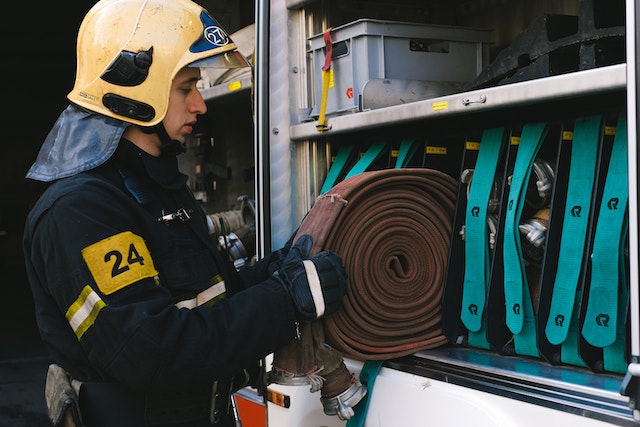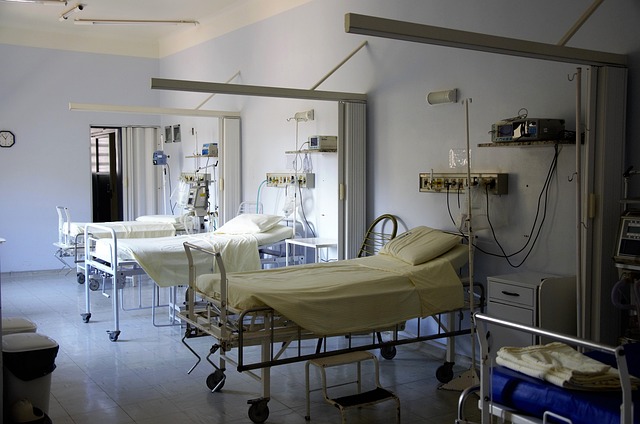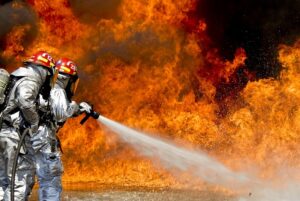
The Essential Guide to Passive Fire Protection in Ireland: Understanding and Implementing Safety Measures
I. Introduction
Fire safety is a crucial aspect of any building’s design and construction. One key component of a comprehensive fire safety strategy is passive fire protection. This blog post aims to provide an understanding of passive fire protection and its importance in residential, commercial, and specialised sectors such as data centres, care facilities, hospitality, and pharma.
II. Understanding Passive Fire Protection
Passive fire protection involves the use of various strategies and materials to contain or slow the spread of fire and smoke within a building. It’s an integral part of a building’s structure that includes fire-resistant walls, floors, and doors. The goal is to compartmentalise the fire and prevent it from spreading quickly, providing occupants more time to evacuate and emergency services more time to respond.
III. The Importance of Fire Stopping Consultation and Tender Preparation
Fire stopping consultation and tender preparation are critical steps in planning for fire safety. A fire stopping consultation involves a thorough assessment of a building’s current fire safety measures, identifying potential weaknesses, and recommending improvements. Tender preparation, on the other hand, involves preparing detailed documentation for contractors bidding on a project, ensuring they understand the specific fire safety requirements.
IV. Fire Door Upgrade Works and Intumescent Coatings
Fire doors are specially designed to resist the spread of fire and smoke between compartments of a building. Upgrading regular doors to fire doors can significantly improve a building’s passive fire protection. Intumescent coatings are another key component. These special paints expand when exposed to high temperatures, forming a protective layer that insulates the material underneath from the heat of a fire.
V. Fire/Smoke Dampers and Fire Upgrade Works
Fire and smoke dampers are devices installed in ducts and air transfer openings designed to prevent the spread of fire and smoke within a building’s ventilation system. Fire upgrade works, on the other hand, involve improvements to a building’s existing fire safety measures, such as enhancing the fire resistance of walls and ceilings or installing additional fire doors.
VI. Residential and Commercial Applications of Passive Fire Protection
Both residential and commercial buildings can benefit greatly from effective passive fire protection. In residential buildings, fire doors, fire-resistant materials, and effective compartmentalisation can prevent a minor fire incident from turning into a major disaster. Commercial buildings, with their larger sizes and higher occupancy, require even more robust fire safety measures.
VII. Passive Fire Protection in Data Centres, Care Facilities, Hospitality, and Pharma
Specialised sectors like data centres, care facilities, hospitality, and pharma have unique fire safety needs. For instance, data centres need to protect not only human lives but also valuable equipment and data. Care facilities, on the other hand, often house individuals who may need assistance evacuating in the event of a fire, requiring more stringent fire safety measures.
VIII. The Role of Qualifications and Accreditations in Choosing a Fire Protection Provider
When choosing a provider for passive fire protection services, it’s important to consider their qualifications and accreditations. These credentials can give you confidence that the provider has the necessary expertise and adheres to the highest standards of quality and safety.
IX. Conclusion
Passive fire protection plays a vital role in ensuring the safety of buildings and their occupants. By understanding its various components and their functions, building owners and managers can make informed decisions about implementing and improving these crucial safety measures. Whether you’re responsible for a residential building, a commercial property, or a specialised facility, investing in passive fire protection is a decision that could save lives.



